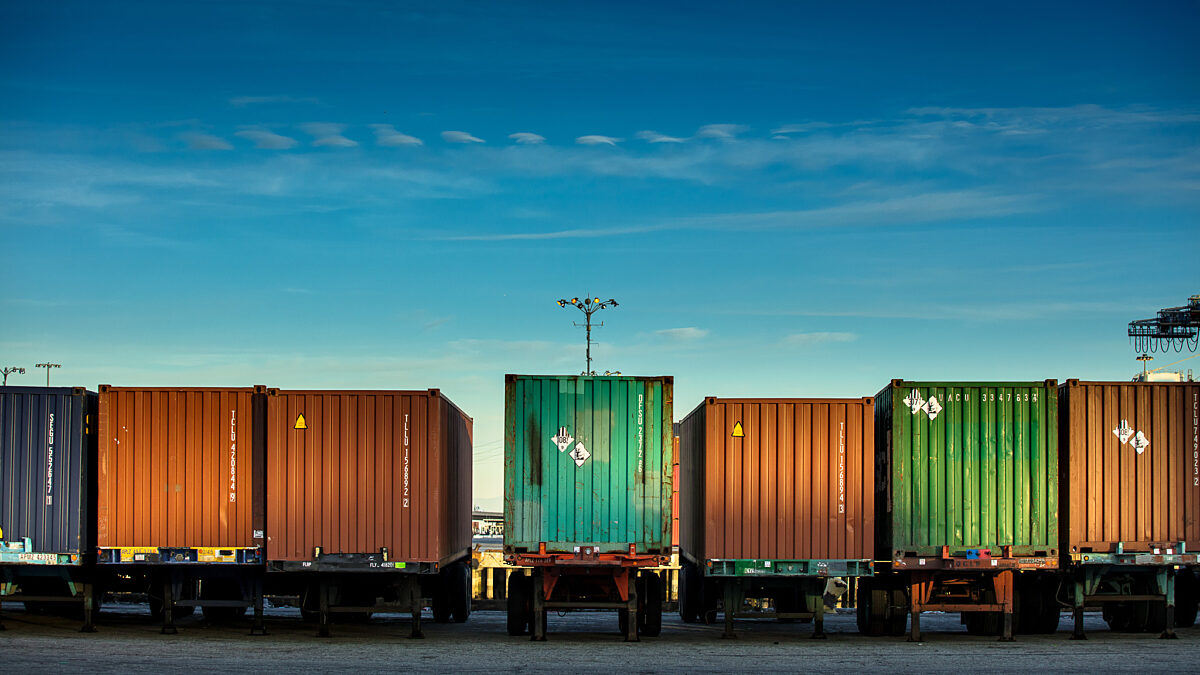Free Trade Makes Good Sense for U.S. Ag
Guest Author
Special Contributor to FB.org

photo credit: Getty
Guest Author
Special Contributor to FB.org
America 's farmers and ranchers support free trade. And when you look at the numbers it 's not hard to see why.
Between 2003 and 2015, U.S. agricultural exports to countries we have trade agreements with increased more than 136 percent – from $24.1 billion to $57 billion. During the same time period, U.S. ag exports to countries where we don 't have trade agreements (excluding China) only increased by 84 percent.
1. Trade agreements generate more ag business, a lot more.
Farmers and ranchers do more business where the U.S. has established free trade agreements. More customers equal more business: Logic alone makes that case. But the numbers backing up the facts and logic are staggering. In the 20 years following the signing of NAFTA, our total exports to Canada and Mexico have quadrupled, growing from $8.9 billion in 1993 to $38.6 billion in 2015. The U.S. enjoys a 65 percent market share in the NAFTA market, compared to our market share in countries where we don 't have a trade agreement (11 percent). Before NAFTA, Canada was the fourth leading U.S. market. It is now the number one market for our agricultural exports, and by far the largest U.S. market for high-value consumer-oriented products. Mexico 's imports of feedstuff from the United States are closely linked to its quickly growing poultry and pork industries. It is the top market for U.S. corn, soybean meal, and poultry, as well as the second largest market for U.S. pork. But North America isn 't the only place ag business has picked up, thanks to free trade agreements. In Asia-Pacific countries like Singapore and Australia, where we have trade agreements, U.S. ag exports have more than doubled and tripled, respectively.
2. We need trade agreements to level the playing field for our goods abroad.
While American-grown food, fuel and fiber is prized around the world for quality and value, high tariffs and non-scientific trade barriers place our products at a disadvantage in countries where we have no free trade agreement. Why buy the best, when you can get second best at half the cost? We don 't have to look far from our shores to see how this plays out. In Cuba, financing restrictions on U.S. products have placed us behind other countries in trade there.
The U.S. share of the Cuban market has slipped dramatically, from a high of 42 percent in the 2009 fiscal year to only 16 percent in fiscal year 2014. The United States is now Cuba 's third-largest supplier, after the European Union and Brazil.
Without agreements that look out for American business, other countries quickly turn to more accessible markets. Other countries will, and do, trade freely without us. The negotiating table, not the podium, is the place for tough talk that protects American businesses and increases our reach to markets abroad. But it 's harder to be taken seriously in those negotiations if we don 't swiftly pass deals that have been hammered out for the overall good of the U.S. economy.
3. Agricultural exports support jobs on U.S. soil, beyond the ag industry.
Increasing trade is good for U.S. farmers and ranchers, as well as for the jobs and industries agriculture supports. USDA estimates that every $1 billion in exports supports 7,550 American jobs throughout the economy. That means that increased exports to FTA partners have added nearly 250,000 jobs to the U.S. economy. Agriculture is not an isolated industry: it 's integral to thousands of businesses. Consider a bottle of Kentucky bourbon. Beyond the farmers growing the corn bourbon is distilled from, there 's white oak barrel construction for aging the spirits, and glass-making for the final bottling and distribution. Each is a separate industry representing skilled workers-workers who probably wouldn 't identify themselves as part of the export business-but that 's just what they are as soon as a batch of Maker 's Mark is shipped to Japan.
Increasing international trade also benefits consumers, with access to more competitively priced products, new varieties of food and off-season supplies of fresh produce. For example, trade liberalization has facilitated U.S. imports of grape tomatoes and fresh avocados from Mexico, while Mexico has become the largest market for U.S. apples and pears. For tropical fruits such as bananas, mangos, pineapples, and others, imports have been filling the demand gaps from a lack of or inadequate U.S. production.
Farmers and consumers alike can look at the numbers and do the math. Free trade agreements make sense if we want to see more competitive prices, a variety of goods in our own marketplace and greater yields for American-grown businesses.
Kari Barbic is a media specialist and Veronica Nigh is an economist at the American Farm Bureau Federation.